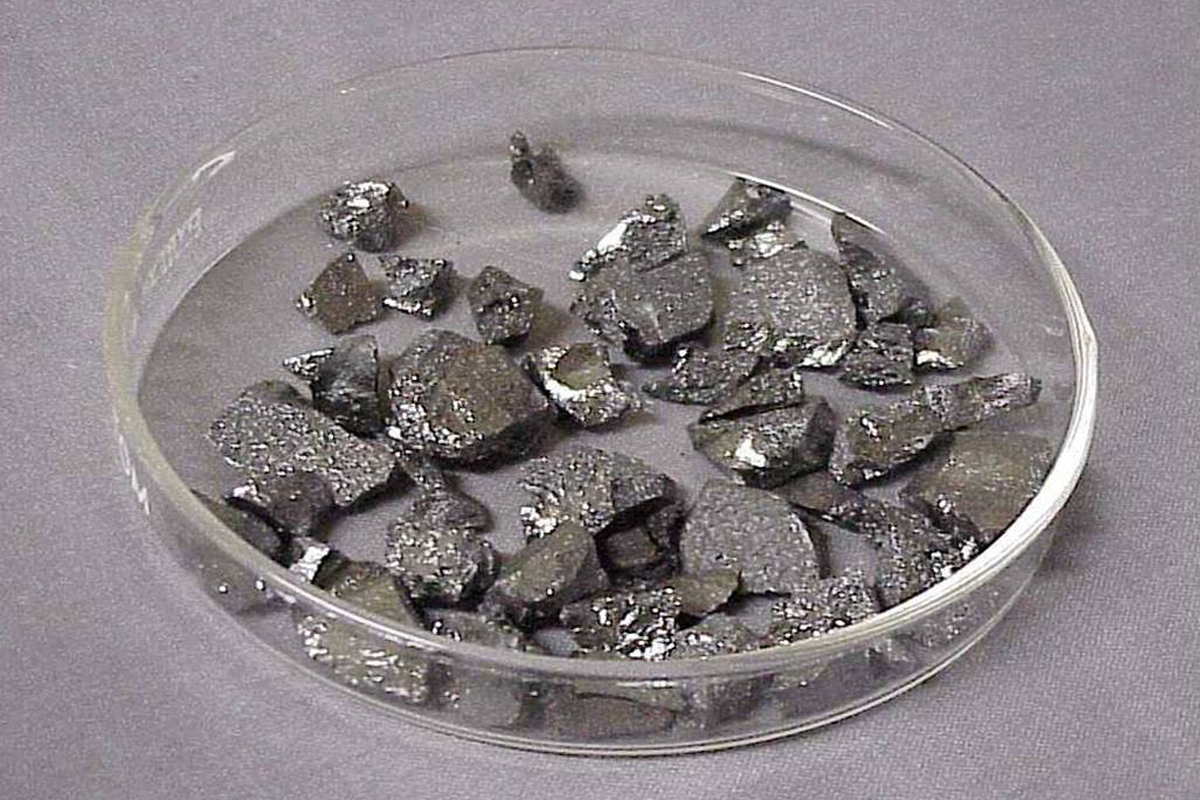Historically, boron has not been intentionally added to structural steel manufactured in New Zealand or Australia to AS or AS/NZS standards. However some overseas steelmakers have added boron to structural steel to take advantage of export subsidies or for other reasons, including improved impact energy.
Reports indicated that some imported steel may show elevated levels of boron; traditionally steel in Australia and New Zealand has been made without boron additions. The welding requirements of AS/NZS 1554 have been established without considering the effect of boron as an alloying element.
Boron is added as an alloying element to many materials such as structural steel, quenched and tempered, high-speed-cutting steels and high strength low alloy (HSLA). Typical quantities which have to be added in the steel to achieve desired effects range between 0.0003 to 0.005% B.
Only minor percentages of boron may be necessary to greatly increase the ‘hardenability’ of steels. The boron content has also been found to significantly influence microstructure, notch sensitivity and impact properties of welded carbon steel.
Historically, boron has not been intentionally added to structural steel manufactured in New Zealand or Australia to AS or AS/NZS standards. However some overseas steelmakers have added boron to structural steel to take advantage of export subsidies or for other reasons, including improved impact energy.
Although the mechanical properties of the boron alloyed steels can be expected to comply with the steel standard e.g. AS/NZS 1163, this standard does not address weldability issues related to boron. The problem associated with welding of boron containing steel is that the weldability concept of AS/NZS 1554 Part 1 and Part 5 is based on carbon equivalent (CE), which does not include effects of boron.
Advisory Note: Welding to AS/NZS 1554.1 of boron containing steel in 2016.
This advisory Note explains steps that should be undertaken by the fabricator to ensure the integrity of the steel fabrication work when welding boron structural steel with elevated boron levels. This was revised following comments from member companies.
Update shared by General Manager Welding Centre Michail Karpenko
